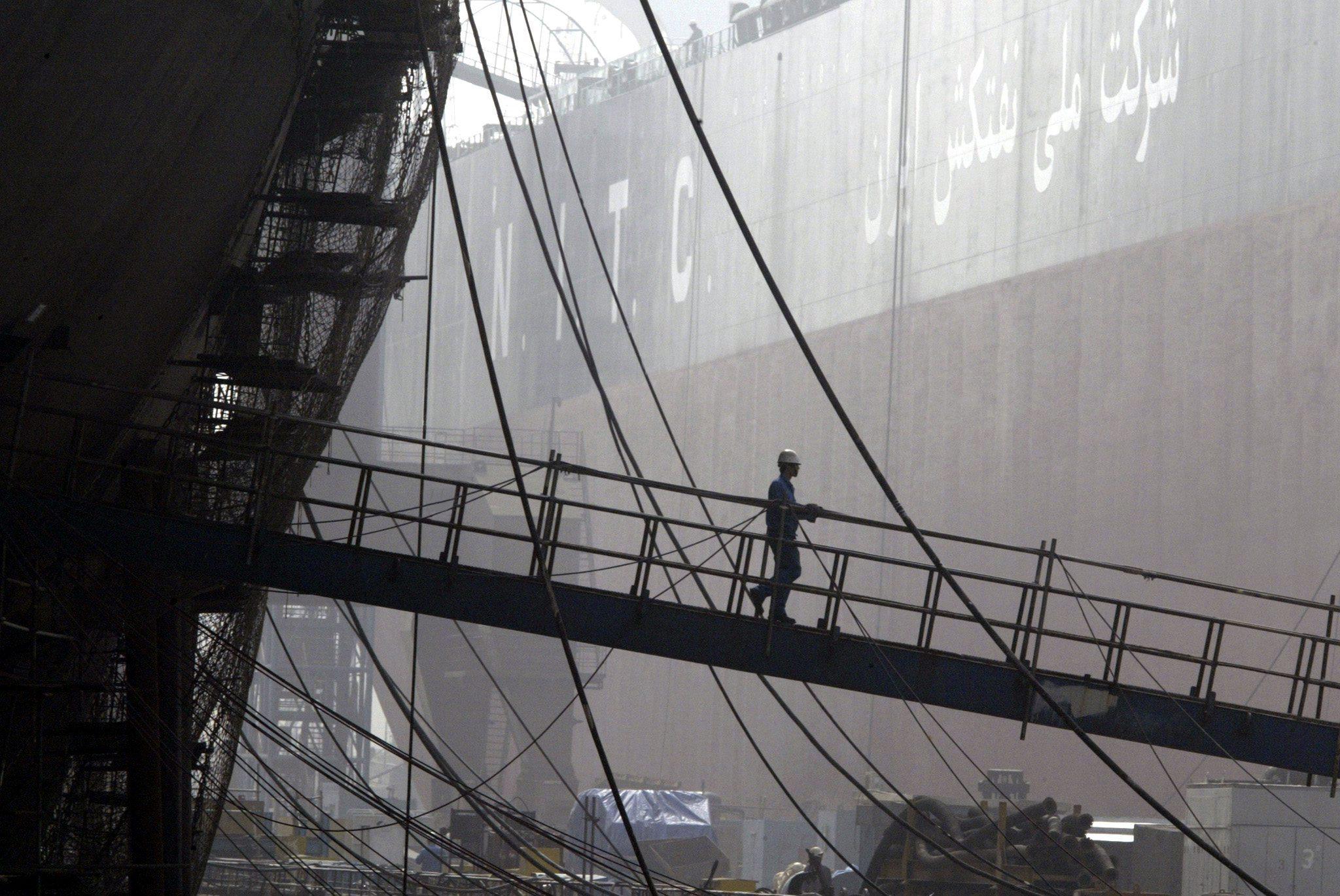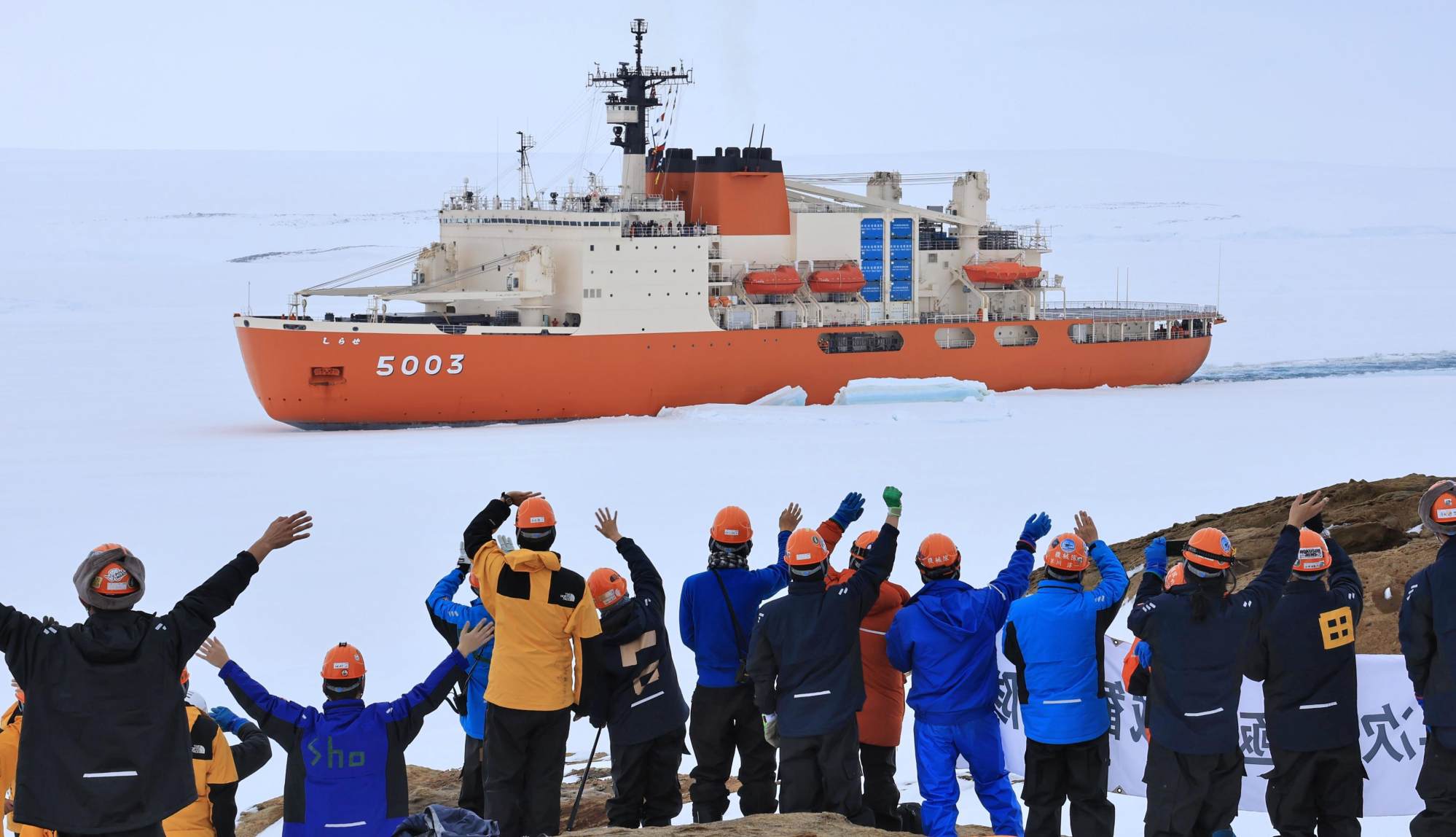Appealing offer? Japan offers to assist US shipbuilding amid tariff concerns
Japan is already investing heavily in its own shipbuilding future, driven by strategic concerns over China’s maritime dominance

Japan has offered to support US efforts to rebuild its civilian and military shipbuilding industries – a strategic gesture analysts say could help counter China’s growing dominance in the sector and ease the impact of looming American tariffs on Japanese imports.
Prime Minister Shigeru Ishiba announced Japan’s desire to help the United States during a speech in Kyoto on Sunday, emphasising Japanese shipbuilders’ skills and the country’s long seafaring history.
“The government wants to cooperate in the shipbuilding sector,” Ishiba said. “Japan has a substantial advantage in terms of icebreakers. Icebreakers are one key area of cooperation,” he added, referring to specialised ships designed to navigate through ice-covered waters, often used for polar research and Arctic or Antarctic operations.
Japan has high hopes that the technology developed for its state-of-the-art icebreaker Shirase could be adopted by the US and potentially have crossover applications in US military vessels.

Ishiba noted that Washington was seeking shipyards in allied countries for repairs and refits of its warships, instead of sending them back to the US. He suggested that Japan was prepared to assist in this effort.
Analysts say Japan stands to benefit substantially from any such agreement as it would help to reinvigorate the domestic shipbuilding industry; bind the US more closely to the bilateral security treaty; and potentially reduce the impact of the looming tariffs that President Donald Trump remains committed to imposing, even on traditional allies.
“I would say that the biggest aim for the Japanese side is to try to defray the cost of the anticipated tariffs,” Stephen Nagy, a professor of international relations at Tokyo’s International Christian University, told This Week in Asia.
No one knows the final US tariff rate on imports from Japan, but it is expected to be at least the baseline 10 per cent, with higher rates for sectors such as cars and electronics.
“Ishiba is effectively demonstrating that Japan is willing to defray some of the costs associated with the tariffs and that it is willing to take on increased burden-sharing within the alliance,” Nagy said.
Appealing offer?
Japan’s offer is likely to appeal to the US, analysts say, as Washington recognises that China has become a shipbuilding powerhouse, producing ships in much larger quantities than the US.
Washington is also aware that any conflict in the Indo-Pacific region or a crisis involving Taiwan is likely to require sea power on a large scale.

China currently produces 70 per cent of the world’s non-military ships and controls 90 per cent of the market for repairing vessels. As recently as the early 1990s, Japan built around 50 per cent of the world’s ships but that has dwindled to just 10 per cent today. There is growing concern in Japan about its dependence on a geopolitical rival for its maritime capabilities.
“Countries for years have been demilitarising or allocating their resources to other parts of their economies and they are far behind China now,” Nagy said. “They have to pick up the scale dramatically.”
South Korea has been making similar overtures to the US. “Japan and South Korea both have existing shipbuilding capabilities, the technology, the yards, the skilled workers and the experience to probably enhance the scaling-up relatively quickly in comparison to the US, but it will still take several years before we see the results,” Nagy said.
However, taking a ship from blueprint to blue-water vessel is likely to take at least four or five years, even once a formal agreement has been reached.
The Japanese government has already made the shipbuilding industry the focus of its attention, with the new Economic Security Promotion Law specifying greater investment, technology development and data infrastructure for the sector.
Part of the approach will be to use government funds to construct new shipbuilding facilities and to renovate those that have fallen into disuse.
It is also looking into the possibility of assisting firms to build large dock facilities in other countries, including the US, and then develop business in those markets.
The government sees the shipbuilding sector as an important source of business, both domestic and foreign, as it encompasses both military and industrial-use vessels.
Japan is also planning to propose a joint US-Japan fund for reviving the shipbuilding industry that would include investment in new technologies, such as the development of blue ammonia-powered ships, according to the Yomiuri Shimbun newspaper on Friday.